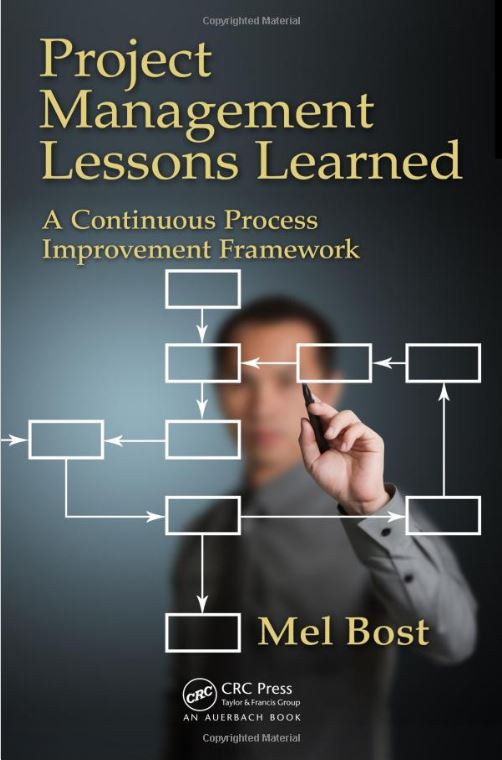In recent blog posts, I have discussed how individual project and program managers can improve their capabilities and performance through some simple, yet very tangible and actionable, everyday tasks in the project process.
I want to turn now to “benchmarking”, an area which can be applied to improve performance on several “scales”, whether it be overall performance of a PMO group, of an individual group within a PMO, or a single person’s performance.
Benchmarking is the comparison of a known state or condition of a group or process to another “defined standard” group or process which, in the eyes of the benchmarker, represents a level of performance or activity that is desired in one’s own group, process or person.
Benchmarking also introduces “innovation” into your organization.
Now what does this really mean?
In order to have a meaningful “benchmarking” exercise, you must first define an “as is” base case that describes the current situation with regard to a process, group, or person, and which adequately describes the level of performance.
Next, you must seek another “reference” group which, in your eyes, represents a “to be” state of performance which you seek to emulate within your own group or process.
Where can you locate such a “reference” group? Outside organization such as Gartner, Forrester, or the Corporate Executive Board can provide a good starting point in terms of processes, the expected behavior and activities of these processes, and ways in which you could measure the performance of these processes.
If you are examining actual PMO processes, look at the standard-bearer companies like American Express, Marriott and Eli Lilly & Company for your reference group benchmark. Similarly, if you want to benchmark in other processes, such as Purchasing and Supply Chain Management, look at the titans–Motorola, HP, and Deere & Co.
You can readily see the power of this approach–it can be applied at the total PMO organization level, an individual internal PMO group level, or even at the individual person contributor level within the PMO.
Benchmarking has been successfully employed by thousands of organizations, even when they had little benchmarking experience when they began the process. The key to a successful benchmarking exercise is a desire to improve. Once an individual or a group decides to get better at whatever the process or task of the group might be, the wheels of successful benchmarking are put in place.
You can be a leader in the benchmarking effort of your PMO. It takes a desire to contribute to the improved performance of the group and a “capability” to perform. As we have seen in previous blog posts, capability is enhanced with “education and training.” You should seek out knowledgeable references on “benchmarking”, and other companies in the PMO field who exhibit good PMO performance characteristics. Talk to your local PMI Chapter, or to a local PMOSIG group. They can assist in your selection of appropriate PMO performance measures.
Good luck–I look forward to your feedback!

Hola, melbostpmoexpert.com – da mejor. Guardar va!
Ilias
Where can I go for more benchmarking help?
There are a number of good soources of information on benchmarking. First, to to Amazon and search “books” for “benchmarking for competitive advantage” and “benchmarking for best practices.” Then, if you are a member of a corporation, find out if your company is a member of the Corporte Executive Board in Washington, D.C. The CEB does some benchmarking. If you are interested in IT, go to Gartner or Forrester websites for info. One of my favorite books is “Benchmarking: A Tool for Continuous Improvement” by Carol J. McNair and Kathleen H. J. Leibfried. Good luck.
Precisely. And might I add,the first step of benchamrking is very critical. As you have put in, it’s where one must define an “as is” base case for the current process flow and organizational chart or basically, the entire methodology being used. Properly identifying (1) the strength that one can capitalize on and (2)the areas for improvement somehow makes or breaks the entire benchmarking modal. One must first be able to pinpoint the cause/weakness of such organization’s performance to serve as the basis of comparison for the 2nd step. It is important to note too that in the next step, open- mindedness is a must. Several organizations make the common mistake of being too close minded in accepting the strategic viability of other organizations. Like what you said “The key to a successful benchmarking exercise is a desire to improve.”. And that desire must come with the humility in accepting one’s imperfection.
oh, and in addition to what I have written above, in the second step, analysis on how other organizations were able to reach a high performance level must be done carefully and keenly. Once one has established the behavior/process to be emulated, careful implementation should then take place. Benchmarking contributed a lot to those companies we see listed under Fortune 500. You guys can check it out depending on your PMO.